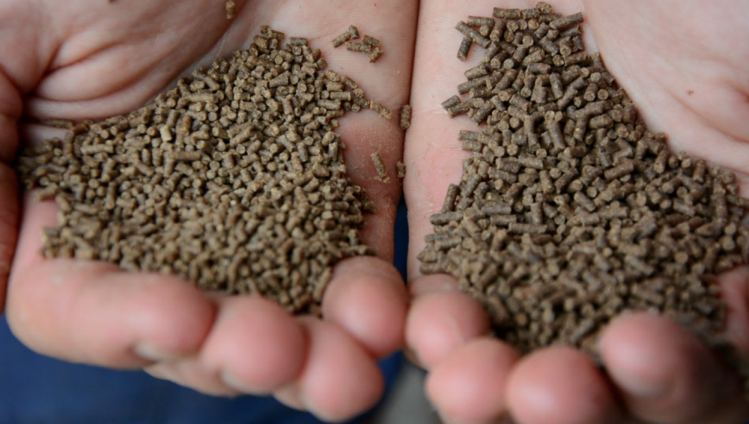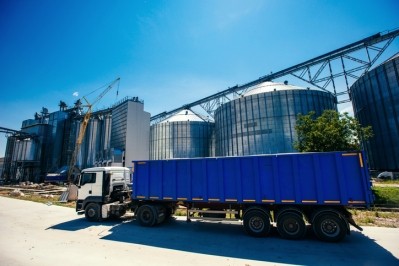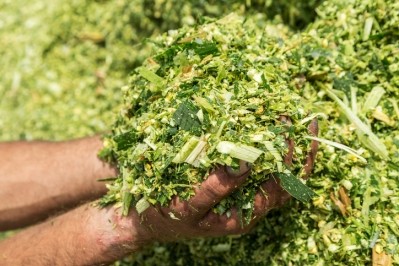Special Edition: Existing and Emerging Feed Risks
Fingerprinting technique touted as feed safety tool

“Some of the bigger global feed producers have started to use NIR technology to screen raw materials for contaminants from plant, chemical or animal origin at the truck unloading stage in a feed plant; but it is only recently that researchers have shown that this fingerprinting technique can be used in this way,” said Vincent Baeten, head of the Food and Feed Quality Unit of the Valorization of Agricultural Products Department of the Walloon Agricultural Research Centre (CRA-W) in Belgium.
Essentially, NIR technology, he said, works by flagging up an unusual fingerprint in feed materials that have already been profiled, such as soybean meal, wheat or barley, and the feed manufacturer will know then to hold off processing that consignment further.
Baeten and his colleague, Pierre Dardenne, recently published an outline on the use of NIR based technology in terms of ensuring feed and food safety: “The Feedipedia publication was about alerting the wider feed community to the potential of NIR in contaminant detection,” Baeten told FeedNavigator.
The CRA-W, said Baeten, has long been exploring the use of NIR spectroscopy in the detection, identification and quantification of animal, plant and chemical contaminants and undesirable substances.
Untargeted contaminant detection
And, as a partner in the EU funded feed safety endeavor, QSAFFE, he said the center proposed a procedure based on NIR spectroscopy and chemometrics when the project coordinators set about looking for a sensitive, reliable and rapid tool to check for melamine and other unexpected contaminants in feed.
“The 2007 pet food recall in the US, whereby a number of cats and dogs died after eating melamine contaminated pet food, and the 2008 incident in France when over 300 tons of soymeal destined for organic chicken were withdrawn from the market due to the meal having melamine levels 50 times higher than the permitted standard, underlined the need for a technology to determine unforeseen or untargeted contaminants,” said Baeten.
Spectral similarity criterion, he said, is used to characterize soybean meal and to detect the presence of possible contaminants with an NIR based screening model.
“Once you have a database of thousands spectra of unadulterated soymeal, you can check to see whether the spectral profile of incoming raw material does or doesn’t correspond with that database; if it doesn’t match you can investigate further. This is the only screening method you can put online at the raw material reception stage of a feed production facility to check the compliance of each batch,” said Baeten.
Hand held devices
He said technology companies, Aunir and VIAVI Solution, have developed hand-held devices for analyzing forage, silage and feed at the farm level. These, he said, due to the speed and ease of use they enable, allow for multiple testing of feed consignments without the usual associated cost.
“They are about 10 to 15% of the price of online NIR spectroscopy technology,” said Baeten.
But the researcher stressed that use of NIR technology to reduce contaminant risk in the feed chain is only part of the solution, supply chain dynamics also play a role. A feed manufacturer must also practice due diligence in terms of the assessment of companies supplying the raw materials to further reduce safety risks, said Baeten.









